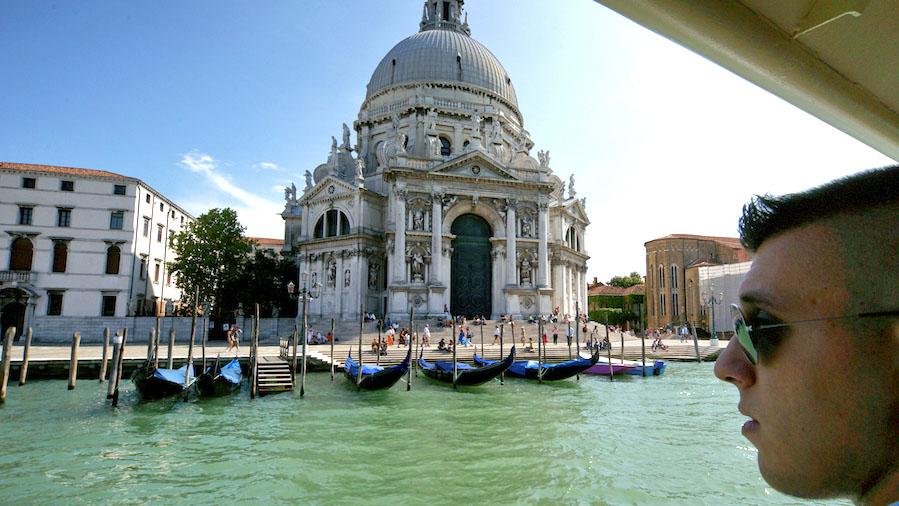Best Zoom Hacks
Episode #5 of the course The best photography hacks by Tom Ang
Hello!
Zoom lenses revolutionized photographic technique. It’s hard now to see what we would do without them. Here are three hacks for the best results from these versatile optics.
Zoom First, Then Compose
This hack greatly speeds up how quickly you can compose a shot. When you spot something to photograph, set the zoom to roughly the angle of view you want. If it’s something distant, you might turn the zoom to its longest setting. If you feel you want a great deal of space around the subject, turn to the shortest focal length for a wide field of view. The key is:
• Set the zoom first (roughly), then compose the shot (make small adjustments if needed)
Why does this hack help? Think of how a zoom works. Zooming takes place around the image center. But suppose part of your subject lies off center, as in the image below. When you frame up, then zoom in, your subject falls out of view. Or if you zoom out, the subject shifts to the center. Both ways, you will have to re-adjust the framing. That takes time. That slows you up.

Set the zoom nearly right, and you’re ready to make the shot as soon as you’re in focus. A small error in framing is better than missing the shot altogether.
There are another reason why this hack helps. It makes you imagine the image you want to capture ahead of time. This helps you shoot faster and with more confidence.
Zoom, Then Focus
Adjusting the zoom setting after focusing is a common cause of unsharpness. With all but extremely costly lenses, a change in zoom setting will throw out the focus. The bigger the zoom change, the more out of focus.
Even with auto-focus lenses, if you catch the focus, then decide to change the zoom setting, the focus will shift—unless, of course, you allow the lens to refocus before taking the shot. So, for best image quality:
• Zoom, then focus. If you change zoom setting, refocus if you have time.
Best Compromise, Best Quality
From a technical point of view, zoom lenses are a complex of compromises and corrections. In general, the middle of a zoom lens’s range gives the best balance of image qualities.
• When you need the best image quality, try shooting near the middle of the zoom range, e.g. around 60mm on a 25mm-100mm zoom.
• You can check out your zoom’s “sweet spot” by photographing at different settings, then evaluating the images carefully.
Some Zoom Facts to Round Off
• The bigger the zoom ratio, the greater the design compromises. Choose lenses with a wide range, e.g. 18mm-400mm, only if convenience is more important than image quality.
• Constant maximum aperture lenses, e.g. f/4 at zoom setting from 24mm to 105mm, are generally costlier, bigger, and heavier than variable aperture lenses, e.g. f/2.8 at 24mm to f/4 at 105mm. Constant aperture lenses are not necessarily better than variable aperture.
Woo! Sorry if that was a bit technical, but it’s worth getting the tech right for best results. Tomorrow, we get to a blend of technical and artistic.
All the best,
Tom
Recommended reading
Recommended book
Digital Photography Essentials by Dorling Kindersley, Tom Ang
Share with friends

